Space to Breathe
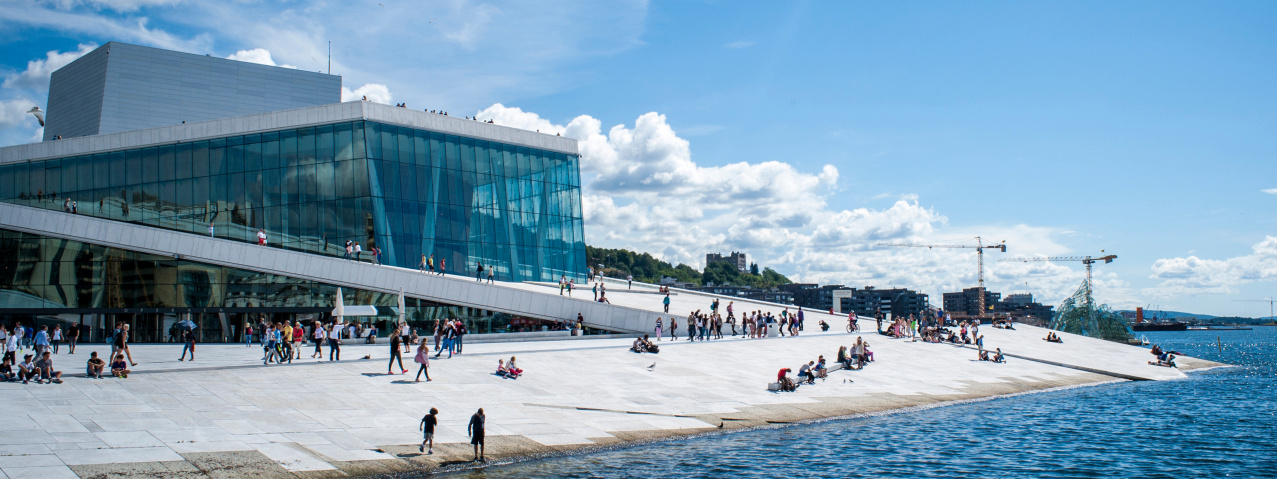
Green, edgy and playful, Oslo’s new architecture brings joy in a city where nature has a profound effect on life, attitude and building design.
Upon hearing their country had topped the 2017 World Happiness Report, the citizens of Oslo, capital of Norway, had plenty of space to go outside and celebrate, if that’s what brought them pleasure. With fewer than 950,000 people inhabiting an urban area of 633 square kilometres, Oslo is packed with green spaces and few high rises, framed by forested hills and has the calm waters of Oslofjord lapping a revitalised, accessible waterfront. This is an outdoorsy city in a country where communing with nature ranks high on everyone’s to-do list.
In Oslo, nature, recreation, design and culture coexist in harmony. The park at Frogner, near the city centre and the biggest in the country, displays more than 200 sculptures by Gustav Vigeland. Among the other sculpture parks, the one at Ekeberg in the southeast stays open all night. Museums – some 50 of them - are another source of art and pride. International music festivals sway huge crowds in the parks in summer and as the home of the Nobel Prize the city has a literate, intellectual vibe.
The Bygdoy peninsula to the west neatly encapsulates Oslo’s appeal – greenery, cycling and walking trails, beaches, museums and wealth. It is one of the most expensive districts in a city that hovers around the top 10 of another much hyped world list: the highest cost of living.
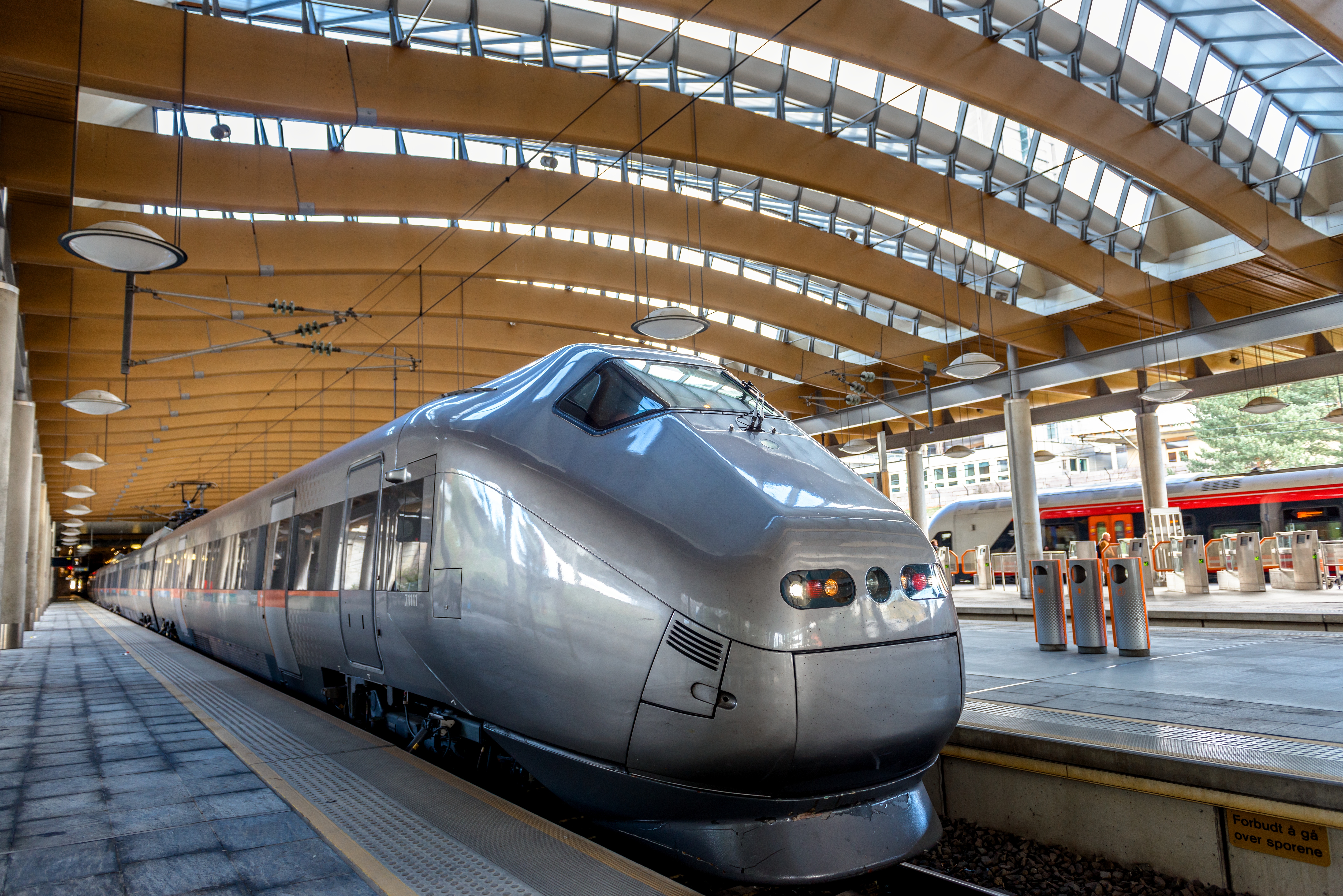
|
The discovery of North Sea oil 50 years ago propelled Oslo from a sleepy, fish-export-dependent backwater and the new-found riches have been fairly evenly spread in this egalitarian society. The old geographical division of the haves in the west of the capital, and the have-less in the east, has been blurred by rising living standards and smart city planning. There’s excellent public transport, free education and practically-free healthcare. And productivity is high. Bars open until 3am in summer in the land of the midnight sun. No wonder everyone is smiling. For many Norwegians, one of the delights of heading the World Happiness Report was topping their Nordic counterparts; Denmark (the previous champion of blissful living) and Sweden, with whom they share the Scandinavian Peninsula. Norway and Sweden also share similar values - happiness is gleaned through family and community activities rather than material gain – and a love for log cabins in the wilderness. |
An area in which Sweden and Denmark have traditionally bettered Norway in the eyes of the world is design. While Norway is still to produce a brand with the international reach or recognition of Ikea or Bang & Olufsen, it is no longer the design-poor Scandinavian cousin. Jan Stavik, managing director of the Norwegian Design Council, attributes their slow start to an initial lack of money and resources. “After we found the oil we started to prosper into making finished goods,” says Stavik in a 2016 interview with Monocle. “80 per cent of all new jobs in Norway now are in services, and that’s where service design becomes important. The process of service design can create tremendous improvements for the people living here.” Stavik cites a collaboration between designers and the Oslo University Hospital, which has reduced waiting time for cancer diagnosis by 90 percent, as an invaluable service design project. A sleek graphic design project for the high-speed Oslo Airport Express Train also impressed the community. Of the design disciplines, though, it is architecture that has made the biggest impression on the city, says Stavik, affirming: “We’re into a very exciting decade now for architecture.” |
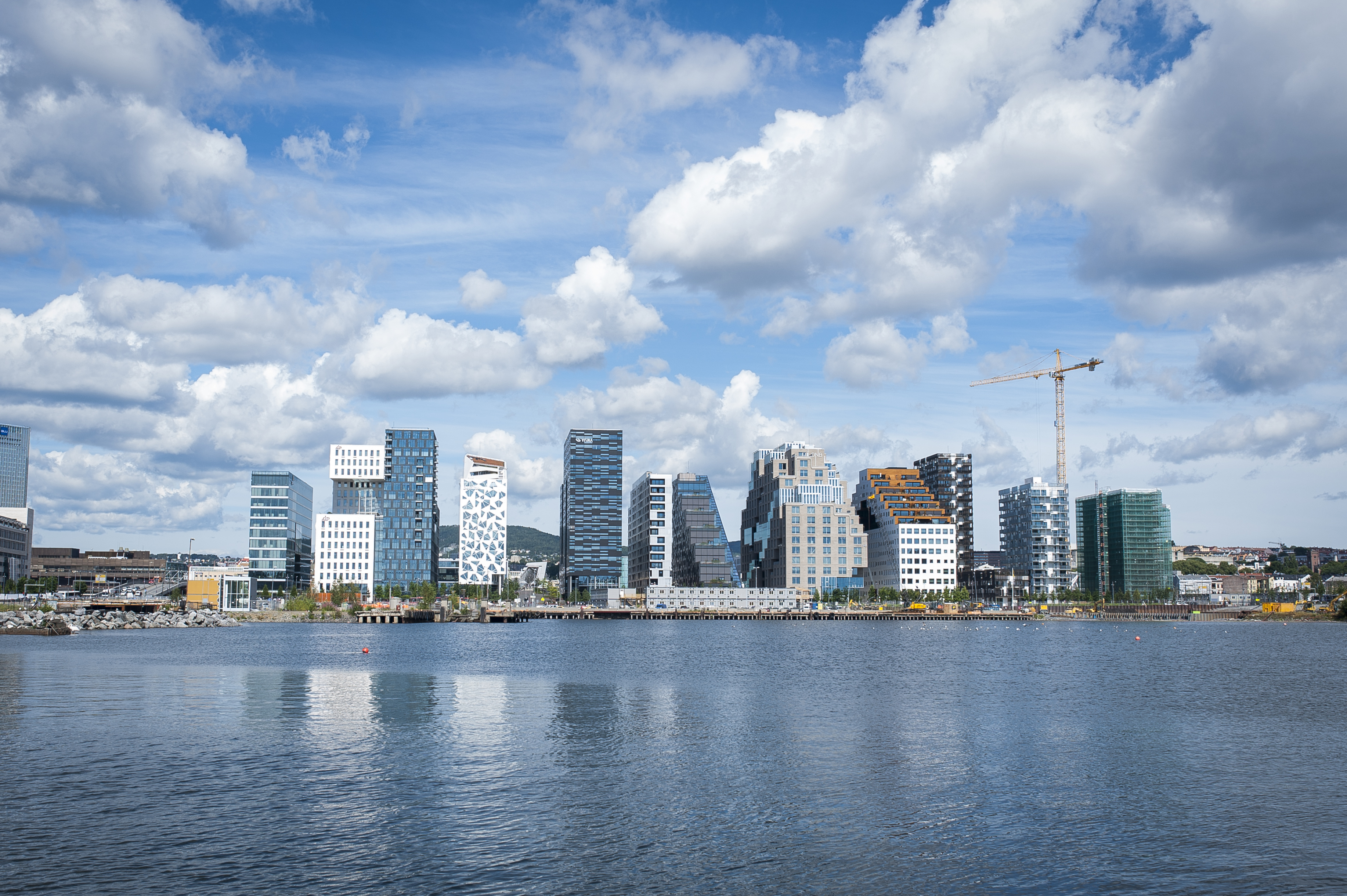
|

|
The Oslo Opera house, completed in 2007, was a remarkable first step. The building was designed by Snohetta, probably Norway’s best known design firm, following an open competition. Snohetta have developed a reputation for involving public workshops in their design process and combining traditional craft with cutting edge technology to develop innovative design solutions. The expansive building oozes contrasts and contradictions. An angular stream of Italian white marble emerges from the water’s edge to wrap the edifice. Visitors amble up the marble path onto the roof to enjoy a naturalistic art form: the splendour of the fjord. Snohetta project director Jette Hopp notes that one design goal was to take a precious material – marble – and give it back to the city. The Opera House’s unusual, ambulatory exterior, according to Hopp, was inspired by Norwegians’ premier sport and pastime: it’s a ski run set on a (marble) glacier. “The building concept is more related to nature rather than to architecture. It’s also related to the Nordic set of values,” says Hopp [speaking to Monocle in 2016]. “We have a right to roam that is kind of embedded in our culture … so we are taking these values into the building and how we deal with public space itself, and how we turn it into public ownership.” With The Oslo Opera House, we see architects working to everyone’s benefit by taking advantage of the elements of Norway’s culture that are already brining happiness to the populace. |
The Oslo Opera House is a prime example of landscape elements being reflected in the art of a building. Landscape architecture, naturally, thrives in this city of open spaces, all carefully designed to achieve environmental, social, behavioural and aesthetic benefits. The waterfront at Aker Brygge was recently redeveloped as a 12-kilometre promenade connecting the city’s east and west. Generous open space increases visual and physical contact with the fjord. Landscape architect LINK Landskap used granite paving stones in three different patterns, inspired by ancient Rome, yet configured to withstand the city’s extreme winter. Street furniture that encourages social interaction was custom-designed with Norwegian company Vestre and furniture designers Lars Tornoe and Alte Tviet. The redevelopment project earned international acclaim for Oslo designers, claiming the 2016 WAN Waterfront Award. Redevelopment of the city’s old docks and wharfs has courted controversy, as high-rise buildings have encroached into a predominately low-rise city. The gleaming office towers – averaging around 17 stories high - of the Barcode Project, part of the planned new Central Business District, have been accused of casting a dark shadow on Oslo’s aesthetic harmony and breathing space. The most interesting of them, though, get props for incorporating green values into an avant-garde appearance. The Carve, a 15-storey, pixelated building designed by A-Lab, has a hollow centre in the upper levels to achieve terraces and gardens. |
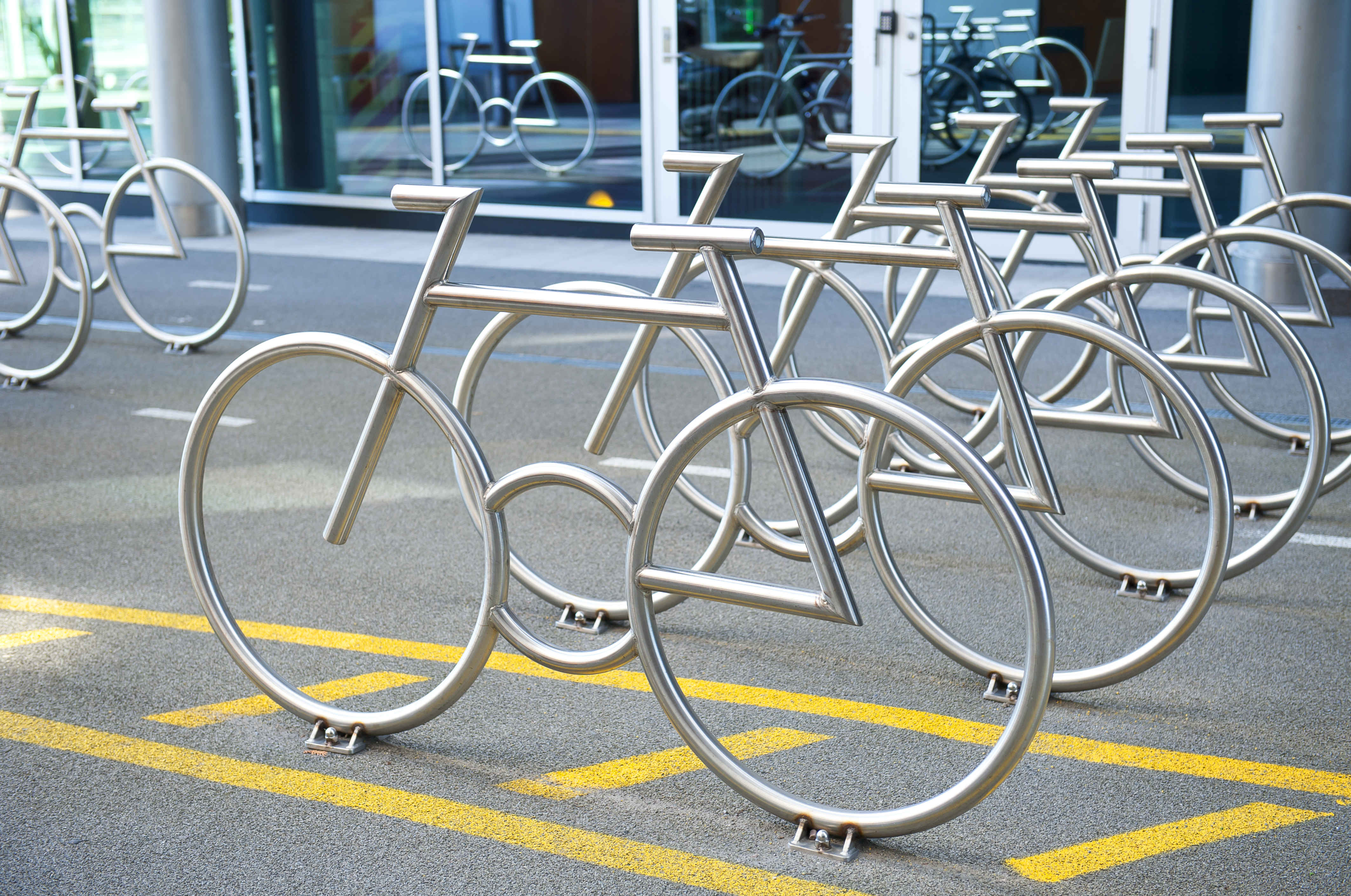
|
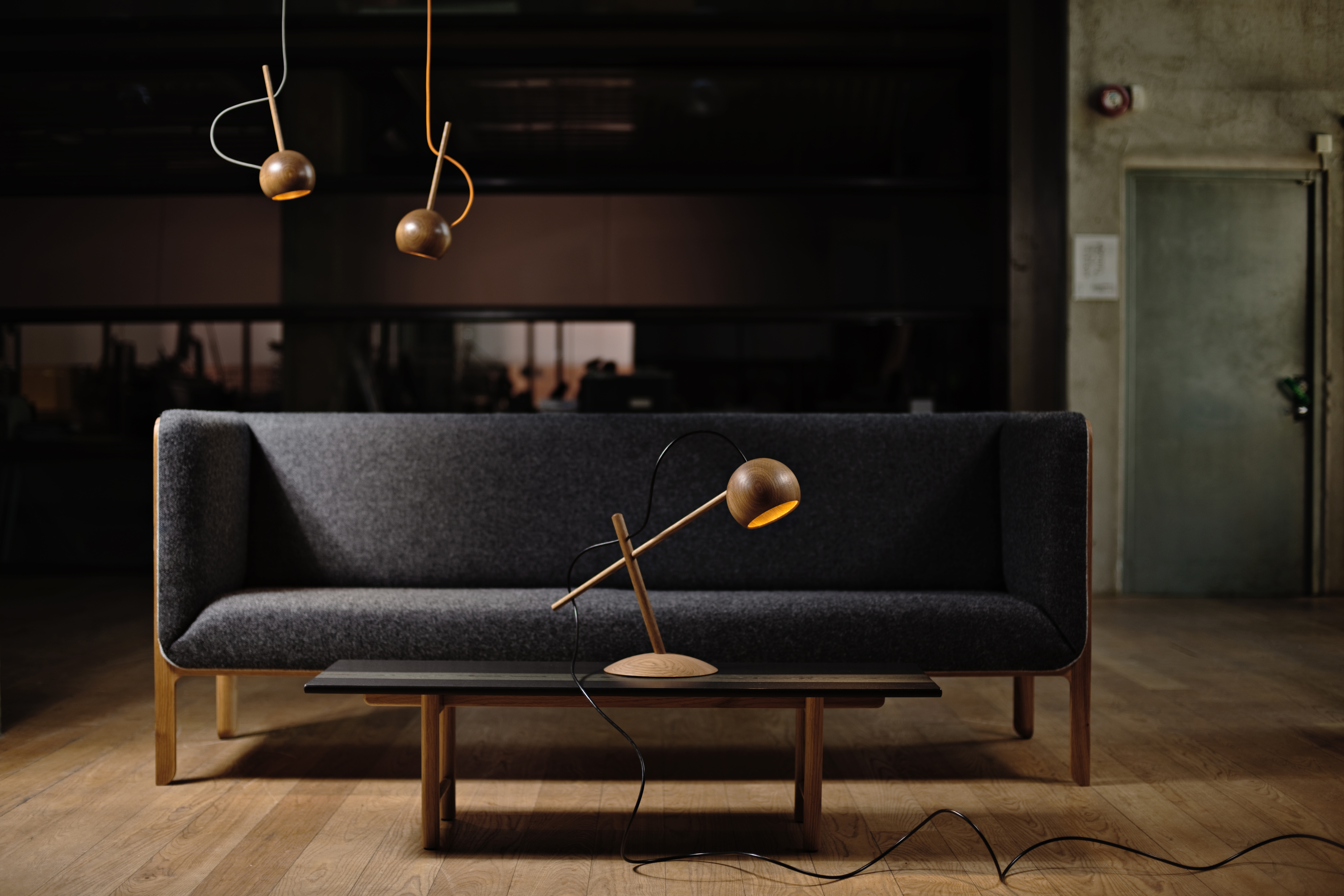
|
Oslo’s contemporary furniture and product designers have yet to reach the heights of their architectural counterparts, but a spirit of optimism is growing among the young generation as they strive to emulate the Norwegian design icons of the mid-20th century. The likes of Hans Brattrud, Birger Dahl and Grete Prytz Kittelsen, with their minimalist chairs, lights and bowls respectively, helped to launch the Scandinavian design movement. Although the oil boom of the late 20th century boosted levels of wealth and joy, it had a negative effect on Norwegian design. A generation of professionals looked for careers supplying the lucrative oil and gas industries rather than local manufacturing. Now, with changing sensibilities in the 21st century, and a slump in oil, the designers have returned, keen to make their mark. |
“In the ‘50s and ‘60s [Norwegian] designers were part of the Scandinavia design period so they were equal to Danish and Swedish designers … [but] we were kind of starting from zero – or maybe from five,” says Runa Klock, a member of Klubben, a union of new generation furniture and product designers.
“There wasn’t such as a refined [design] language as in Denmark and Sweden so we were very detached and had to make our own base,” agrees fellow Klubben-ite Thomas Jenkins. Olso designers are now working with local manufacturers to produce functional pieces that are clean-lined; typically small-scale (lamps; desk and table-top accessories) and colourful; and embrace natural materials and craft elements. Klock’s Drink Rocks series is carved from soapstone and marble. She has also designed larger items: tables for Oslo boutique hotel The Thief.
“Interior [design] is something that has come in the last five years,” notes Jenkins. “There’s been a real escalation in restaurants and cafes and other businesses in the city using properly skilled people to manage and plan their spaces.” While the design scene in Oslo is obviously not as big as in London or New York – “there’s a slower pulse you could say” – it does offer youngsters space to work and grow. “We are still looking for a little boom in manufacturing, in the furniture and product accessory world,” he laments.
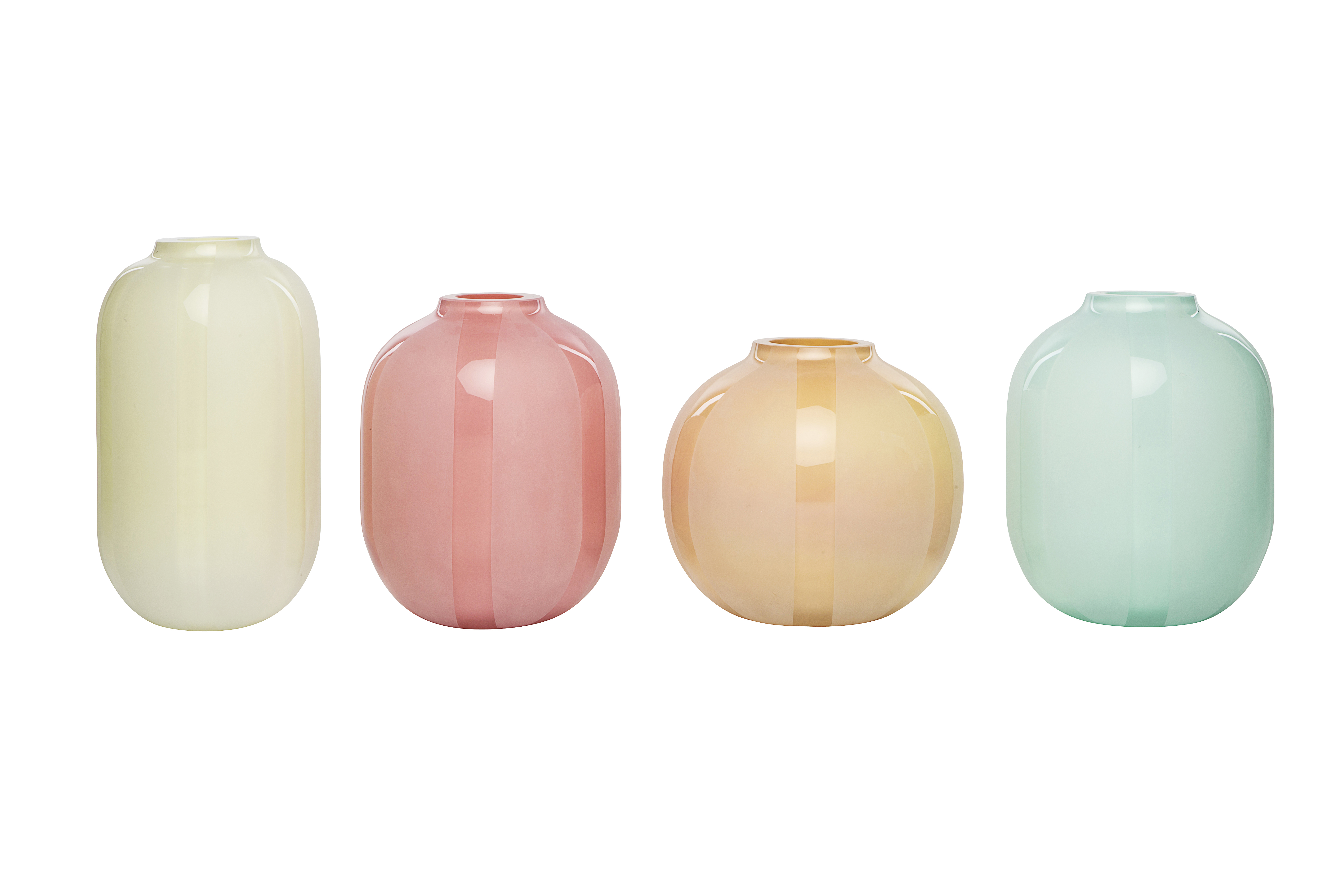
|
Award-winning local designer Lars Beller Fjetland describes his design philosophy as “Driven by curiosity, guided by nature”. Past works include lamps and retro cold-forged silver cutlery. Kristine Five Melvaer melds product design and graphic design, working in glass, wood and textiles. Her clients include Vestre (outdoor furniture) and Heymat, a new Norwegian brand producing vibrant, industrial-quality doormats for the home. The furniture and home accessories of Anderssen & Voll also feature bright colours, reflecting a joie de vivre characteristic, perhaps, of a generation raised in a city where levels of happiness are sky high. |
Kneip, a design studio whose co-founder Stian Korntved Ruud trained under Tom Dixon, is increasingly driven by the principles of sustainability, producing one-off or limited pieces that reflect the processes and materials that went into their making. Klubben founding member Sverre Uhnger works with local wood, crafting chopping boards and serving platters; imprints left by CNC milling become decorative features in his skilled hands. Sustainability is sweeping the city’s design world and forges its mentality. Almost 15 years ago, the Oslo Urban Ecology Program mapped a green vision for public transport and a vital city centre surrounded by water, parks and farmland. The old National Hospital grounds were redeveloped as a model sustainable neighbourhood, Pilestredet Park, where more than 1,000 apartments demonstrate clean building design. In the green spirit, there is limited parking. The city’s newly opened airport terminal extension is, according to its designer, Nordic – Office of Architecture, the world’s greenest terminal. Glulam beams and recycled steel were used in construction, and winter snow is collected for summer coolant. |
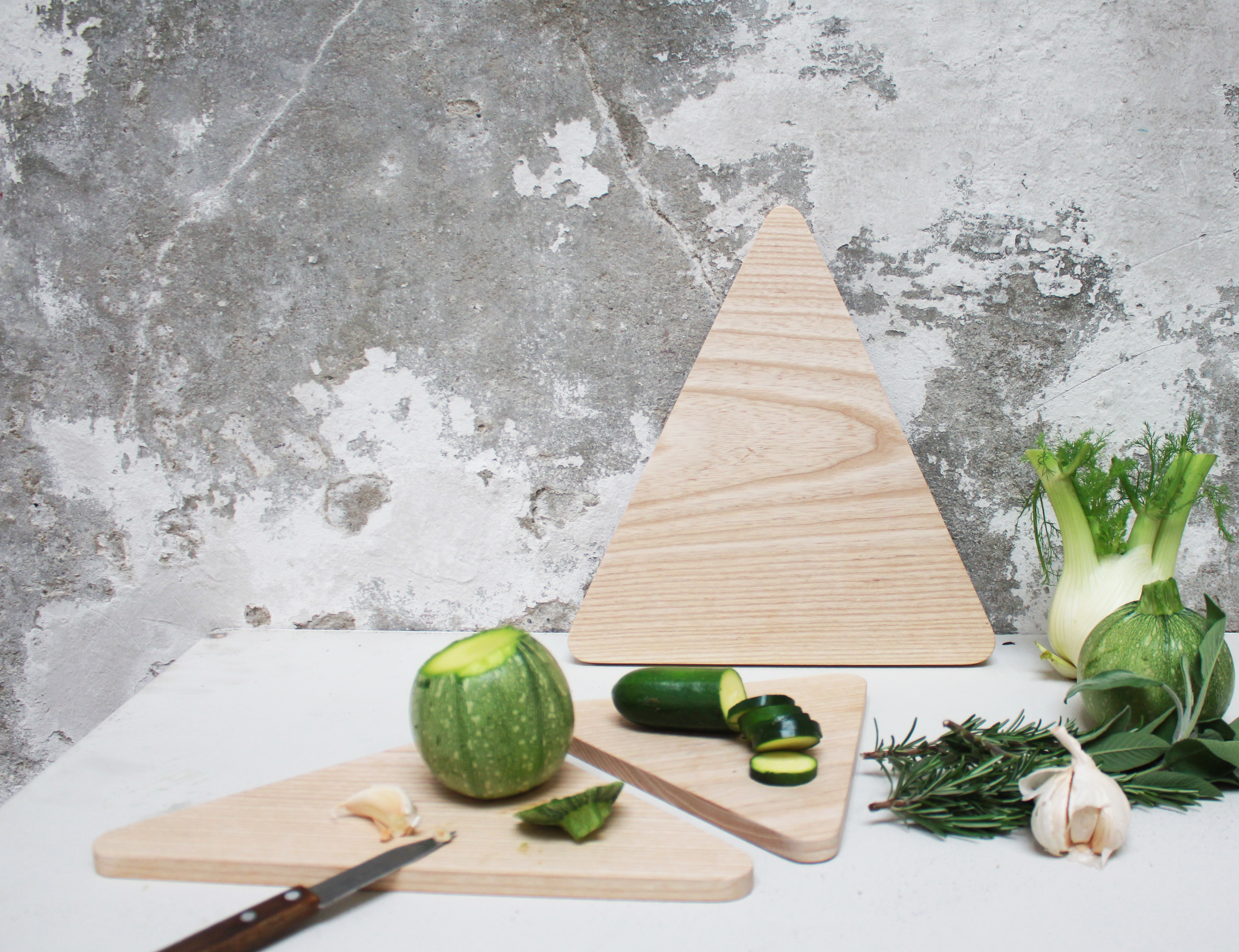
|
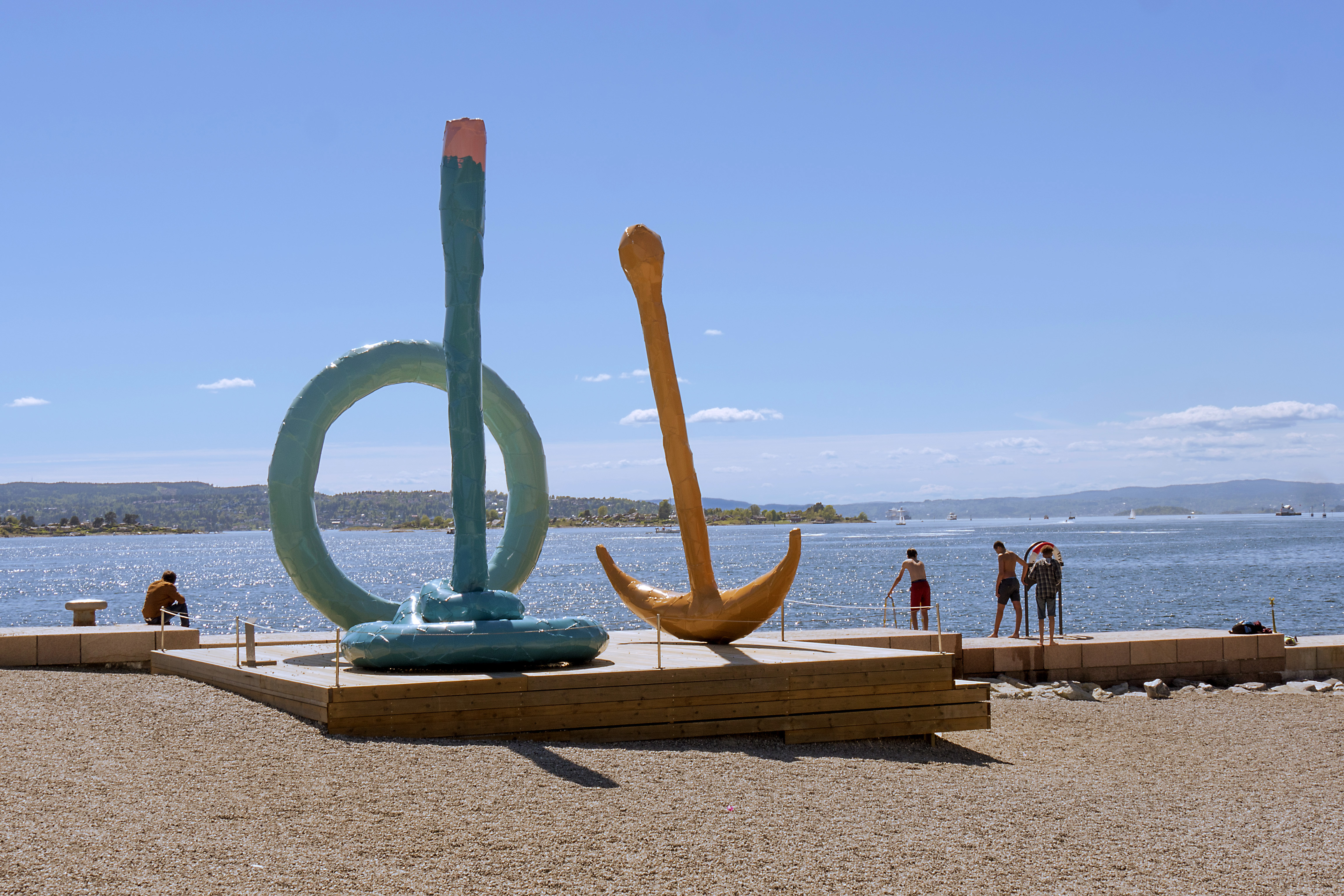
|
The United Nations’ 2015 Sustainable Development Goals are enshrined in the Oslo Manifesto. Born out of the 2015 Framtanker (Forward Thinking) conference hosted by the Norwegian Centre for Design and Architecture, the manifesto serves to energise local and international designers, architects and city planners to take responsibility for putting the UN’s far-reaching ideals into practice, and establish universal design standards for a new, sustainable world. It may seem a utopian dream, but if the designers in the world’s happiest capital city cannot improve humanity through their work, no-one can. |
Others
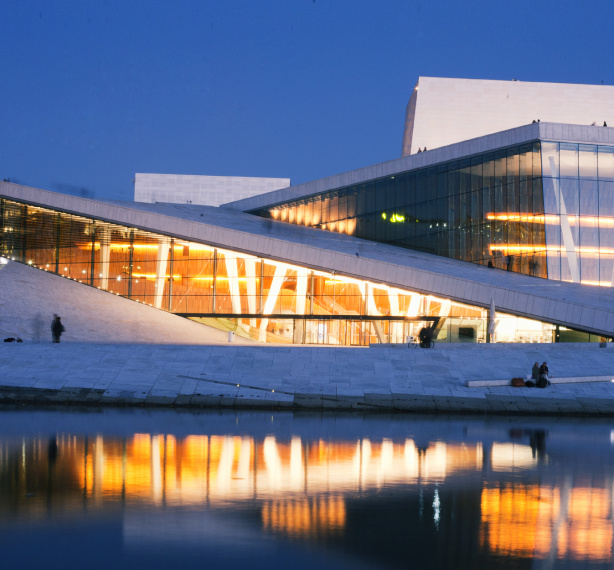
Latest News | 1 December 2017
Five cities where ‘tesign’ is creating happiness

Latest News | 1 December 2017
Happiness: a ‘Tesign’ for life
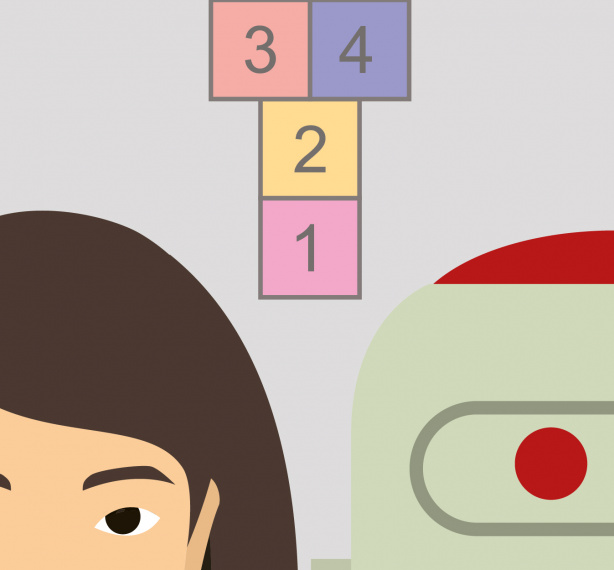
Latest News | 1 December 2017
AI Centaurs

Latest News | 1 December 2017
3 1/2 problems for digital assistants

Latest News | 1 December 2017
Designing an AI that Cares

Latest News | 1 December 2017
When Big Data Gets Too Big
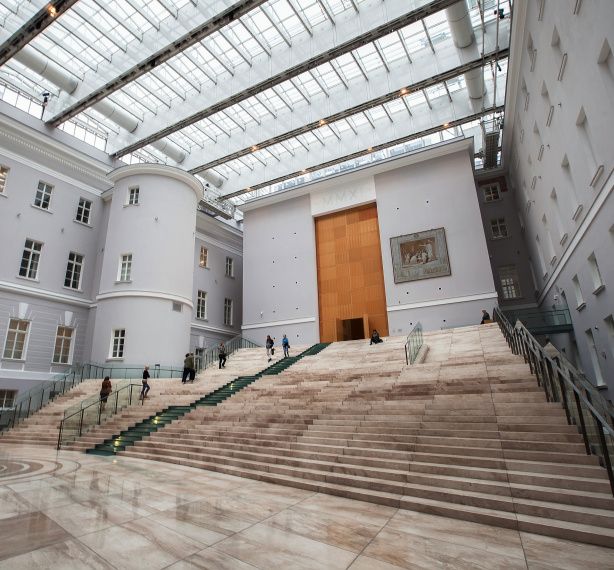
Latest News | 1 December 2017
The Art of Extension
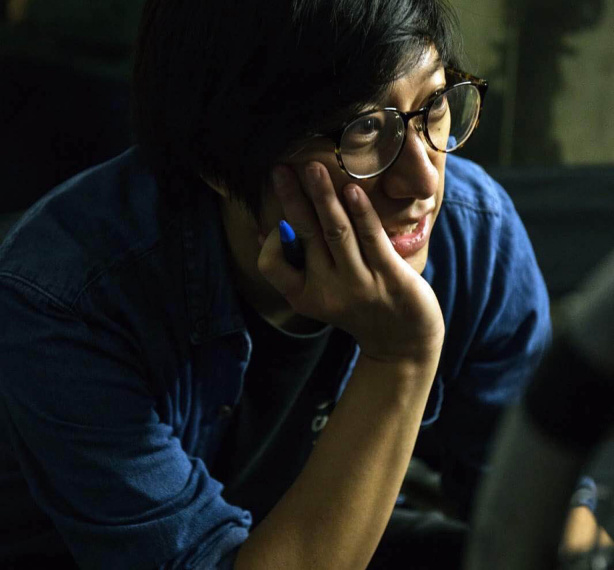
Latest News | 1 December 2017
Hong Kong’s homegrown zombie invasion
